200L Beer fermentation tank for craft breweries
The role of beer fermentation tank
Beer fermentation tanks play a vital role in the fermentation phase of beer production. After the wort has been brewed and cooled, it is transferred to these fermentation tanks for the conversion process of fermentation. During fermentation, yeast converts the sugars in the wort into alcohol and carbon dioxide, which create the characteristic flavor and aroma of the final beer. The capacity of 200L is moderate, and it is the most popular capacity introduced by craft beer breweries.
The benefits of 200L beer fermentation tanks for craft breweries
Ideal size
Perfectly balanced for craft breweries, this fermentation tank has a capacity of 200 liters and is the ideal size for craft breweries. It offers manageable batch sizes, allowing brewers to try new recipes and test innovative ingredients without the need for large-scale production. This flexibility is critical for craft brewers looking to push the boundaries of traditional beer styles.
Let’s say a craft brewery is launching a new seasonal beer and they want to do a small batch first to test the market response. The 200-liter fermentation tank can meet such needs, giving them the opportunity to conduct multiple experiments and adjustments without having to mass-produce, reducing risks and costs.
Consistency and Quality
The 200L beer fermentation tank has been precisely designed to ensure consistent and reliable fermentation. Temperature control, pressure management and efficient mixing mechanisms help create an environment conducive to optimal yeast performance. As a result, craft brewers can consistently produce beers with desired characteristics and tastes.
Suppose a craft brewery is brewing a special spiced beer that requires precise temperature control during fermentation to ensure optimal extraction of spices and perfect presentation of flavors. They use 200 liter fermentation tanks and set the temperature control system at a specific temperature range to meet the special brewing requirements of this beer.
In addition, because the fermentation process of this special spice may produce more carbon dioxide, the reasonable pressure management of the 200-liter fermentation tank ensures the smooth progress of the fermentation process, prevents excessive carbon dioxide overflow, and maintains the natural bubbles and mouthfeel of the beer.
By using the efficient mixing mechanism of the 200 liter fermentation tank, the craft brewery is able to ensure that the spices are well blended with the malt to ensure full extraction of the spices, resulting in a stunning signature spiced beer.
Therefore, the sophisticated design of the 200L beer fermentation tank provides a stable fermentation environment for craft brewers, ensuring that each batch of beer can maintain the desired characteristics and taste, achieving a consistently high quality.
Space efficiency
Craft breweries often have limited space compared to larger commercial operations. The 200L fermentation tank is compact in size, perfect for breweries with limited space. Its small footprint allows brewers to maximize their brewing facilities and optimize their production setup.
Scalability
For new craft breweries aiming to grow their business incrementally, the 200L beer fermentation tank offers a scalable solution. As demand increases, brewers can invest in additional tanks to expand production capacity while maintaining the same level of quality and craftsmanship.
Conclusion
200L beer fermentation tanks play a key role in the craft beer industry, enabling brewers to turn their passion and creativity into exceptional beer. Craft breweries around the world rely on these tanks to produce unique and distinctive beers that delight beer lovers and challenge conventional palates.
Whether you're an aspiring craft brewer or an established craft brewery, the 200L beer fermentation tank is a valuable asset that fosters innovation and excellence. With its size, flexibility and efficiency, this fermentation tank is the craft brewer's indispensable companion in the process of brewing extraordinary beers. Embracing the art of craft beer, the 200L beer fermentation tank embodies the spirit of creativity, sustainability and uncompromising quality that defines the craft beer movement.
FAQ
Q1: What is a 200L beer fermentation tank, and what is its purpose in a craft brewery?
A1: A 200L beer fermentation tank is a vessel used for the fermentation of beer after the wort has been brewed. Its primary purpose is to provide an environment where yeast can convert sugars into alcohol and carbon dioxide while imparting flavor and aroma to the beer.
Q2: What materials are 200L beer fermentation tanks typically made of?
A2: These tanks are commonly made of stainless steel due to its corrosion resistance and durability. Some may also be made of food-grade plastics or other materials, depending on the brewery's preferences.
Q3: How is temperature control achieved in a 200L beer fermentation tank?
A3: Temperature control can be achieved through various methods, including external cooling jackets, glycol cooling systems, or temperature-controlled fermentation rooms. Maintaining the right temperature is crucial for yeast activity and beer flavor development.
Q4: What is the typical fermentation period for beer in a 200L tank?
A4: The fermentation period varies depending on the beer style and yeast strain used but generally ranges from one to two weeks. Some specialty beers may require longer fermentation times.
Q5: Can multiple batches of beer be fermented in a 200L tank consecutively?
A5: Yes, craft breweries often schedule batches sequentially in their fermentation tanks. After one batch is complete, the tank is cleaned, sanitized, and prepared for the next batch.
Q6: Are 200L fermentation tanks suitable for small craft breweries?
A6: Yes, these tanks are well-suited for small craft breweries or brewpubs with limited production capacity. They allow for flexibility and experimentation with different beer styles.
Q7: How is yeast pitched into a 200L fermentation tank, and when does it occur in the brewing process?
A7: Yeast is typically pitched (added) to the fermentation tank after the wort has been cooled and transferred. The yeast is either rehydrated and added manually or pumped from a yeast propagation system.
Q8: Can 200L fermentation tanks be used for both primary and secondary fermentation?
A8: Yes, these tanks can be used for both primary fermentation (where yeast converts sugars to alcohol) and secondary fermentation (where beer matures and clarifies). Some breweries also use separate conditioning tanks for the secondary phase.
Q9: How is beer transferred out of a 200L fermentation tank for packaging?
A9: Beer can be transferred from the fermentation tank to packaging containers such as kegs, bottles, or cans using a combination of pumps, hoses, and filtration systems.
Q10: What cleaning and maintenance procedures are necessary for 200L fermentation tanks?
A10: Regular cleaning and sanitation are essential to prevent contamination. Breweries follow strict cleaning protocols, including CIP (Clean-In-Place) procedures. Routine maintenance, such as inspecting seals and valves, ensures the tank's proper operation and longevity.
Products
- Beer brewery equipment
- Craft brewing equipment
- Home brewing equipment
- Microbrewery equipment
- Commercial brewing equipment
- Industrial brewery equipment
- Pilot brewing system
- Brewhouse & Mash system
- Fermentation tank
- Bright / Brite tank
- CIP system
- Beer filling machine
- Pasteurizer
- Hop gun
- Yeast propagation equipment
- Beer concentration equipment
- Carlsberg flask
- Reverse osmosis water filtration systems
- Mobile water treatment systems
- Water Purification Equipment
- WFI equipment
- Purified water tank
- CIP system
- Multi effect water distiller
- Pure steam generator
- WFI tank
- Solution preparation tank
- Tube heat exchanger
- Storage and distribution system
- Liquid preparation system
- Demineralized water system
- Vapour compressor
News & Exhibitions
- Why Beer Concentration Matters: Unpacking the Standard ABV Range
- Why Every Craft Brewer Needs a Pilot Beer Brewing System
- Top 5 Benefits of Using a Pilot Beer Brewing System for Small Breweries
- Setting Up a Microbrewery? Why Turnkey Equipment Might Be Right for You
- How Nano Brewery Equipment is Changing Experimental Brewing: A Deep Dive into Small-Scale Innovation
- Essential Craft Beer Equipment for Starting Your Brewery
- Integrating Smart Equipment into Your Microbrewery
- From Grain to Glass: Building the Perfect Complete Brewing System for Your Home
TAGS
- turkey brewery equipment
- small beer brewery equipment,mini beer brewery equ
- sovereign stainless steel fermenter
- brewing equipment manufacturers uk,home brewing eq
- home brewing distillation equipment
- craft brewery equipment for sale, craft beer equip
- complete brewery for sale
- beer brewing equipment
- Nano brewery equipment, brewing systems manufactur
- 15 gallon jacketed fermenter
- automatically brew equipment,50L Brewing equipment
- dry hops addition
- hops addition gun
- hop additive gun
- mixing tank manufacturers
- pilot brewing system
- Craft beer making equipment for Malaysia
- CIP system
- Microbrewery machine
- professional Cleaning in place equipment
Newest Products
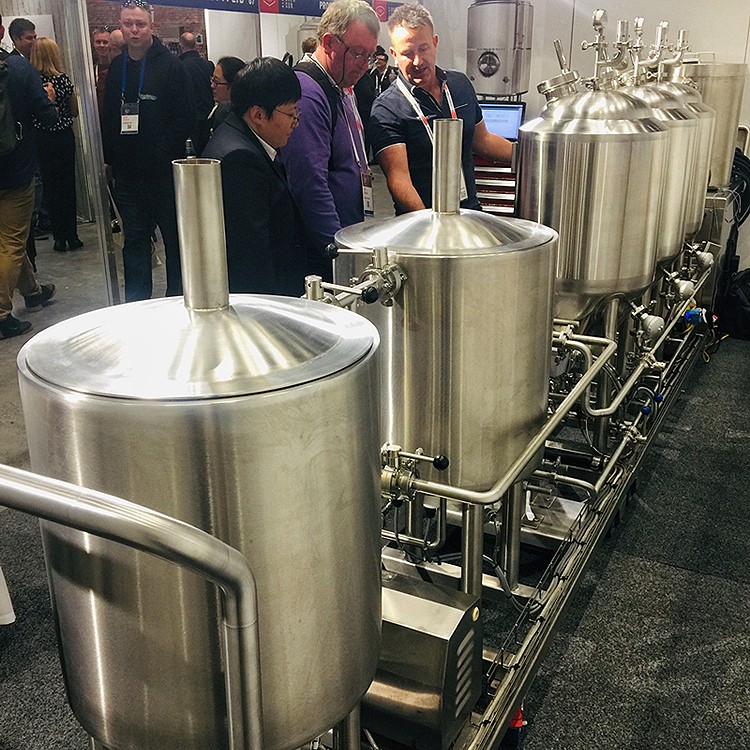
Marketplace home & living lifestyle home brewing d...
The home brewing and distilling market has grown in popularity in recent years, ...
More >>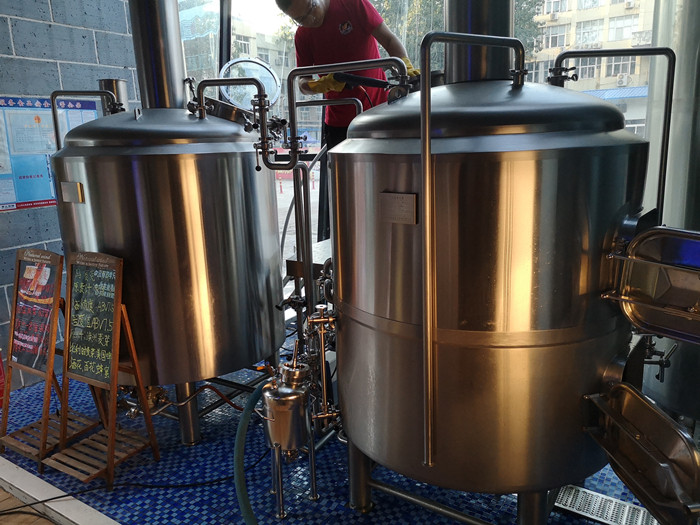
Beer brewhouse and fermentation tanks microbrewery
WEMAC-Main product categories:
Craft Beer equipment,Cider making machine,Beer b...
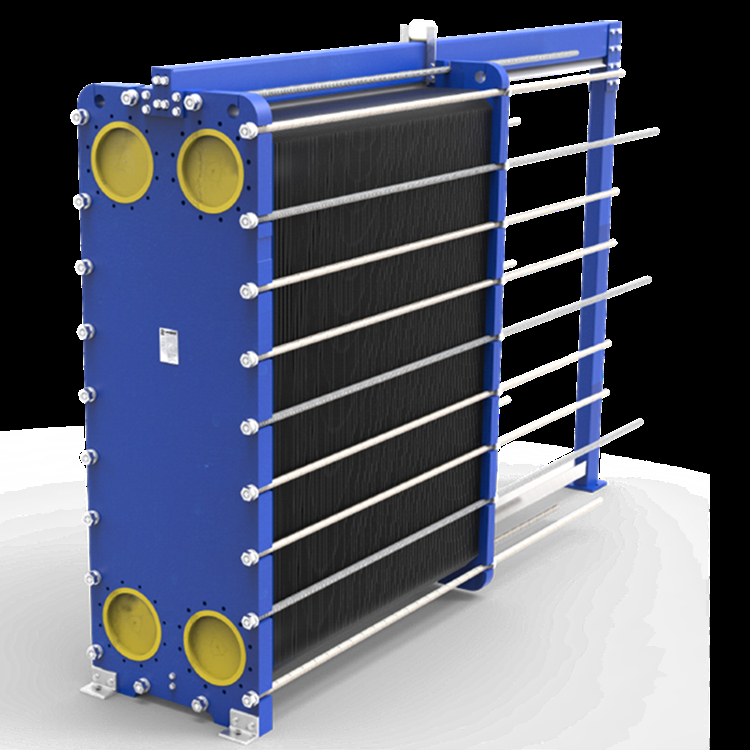
Best plate heat exchanger for beer brewery
The WEMAC plate heat exchanger (PHE) series is extensive, including multiple typ...
More >>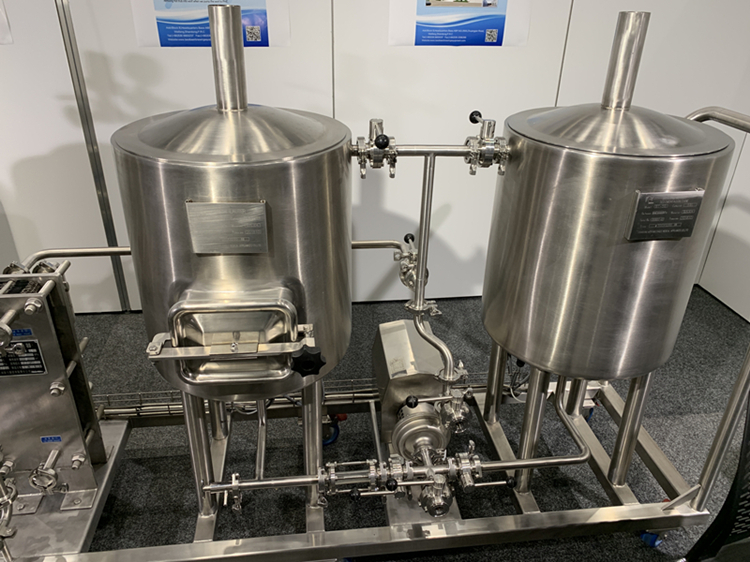
Home beer brew kits brewery equipment
This skid home brewing system is designed for craft brewing amateurs who has bee...
More >>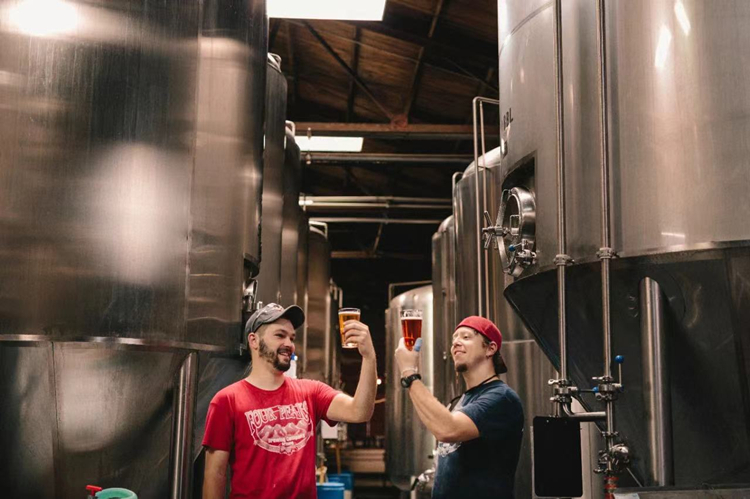
Top quality fermenter and beer bright tank
Brite or Bright Beer Tanks are also known as Beer Conditioning Tanks or Beer Ser...
More >>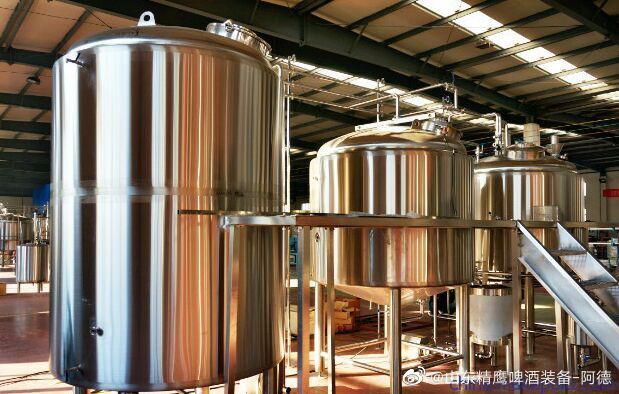
Pro two vessels 5BBL craft brewery in Michigan
Professional beer brewhouse sale well in Michigan state,turnkey brewery services...
More >>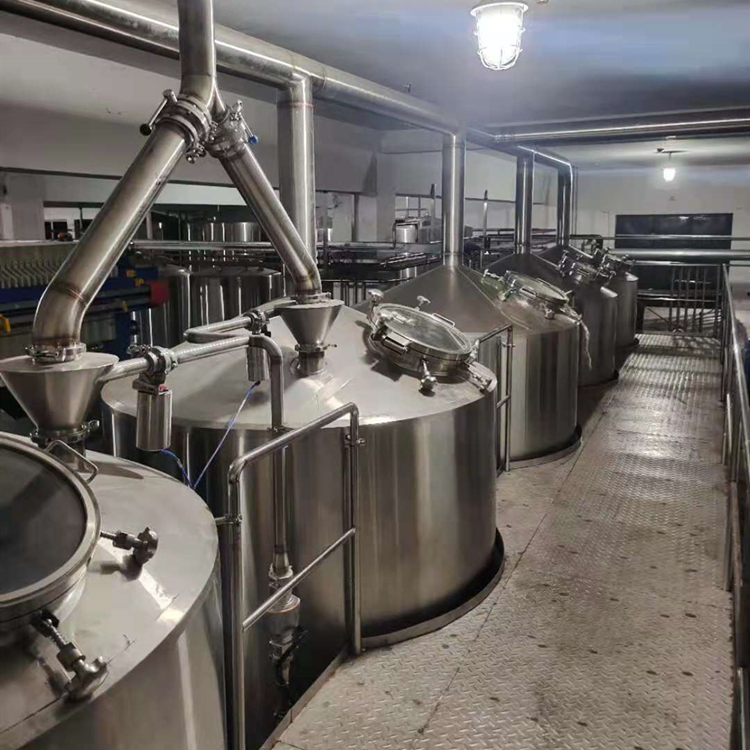
4000L Commercial Beer Brewery Equipment
4000L four vessels craft beer brewing brewery system,gas steam heating,with a be...
More >>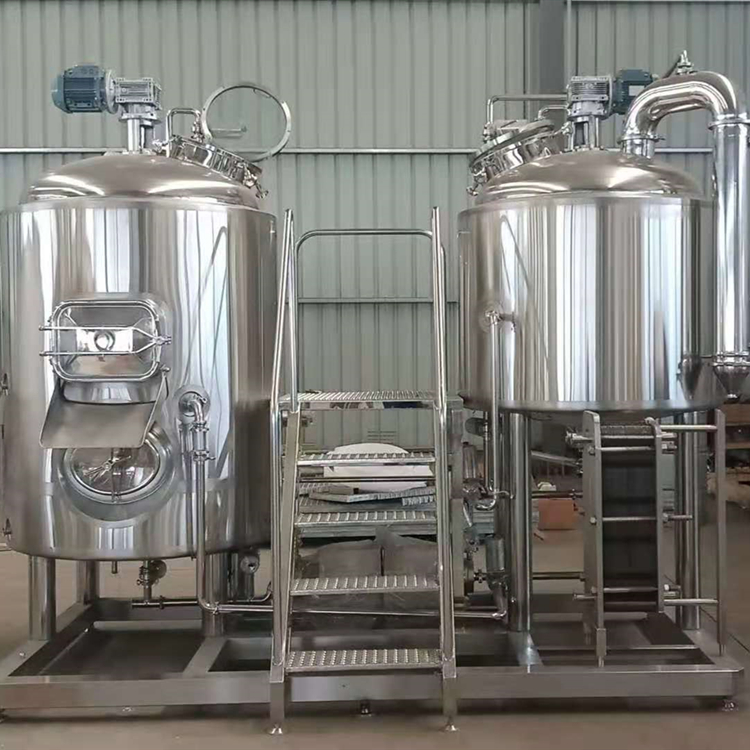
500L Top quality craft beer brewery equipment
Double vessels craft beer brewing brewhouse for sale,mash/kettle tun + lauter/wh...
More >>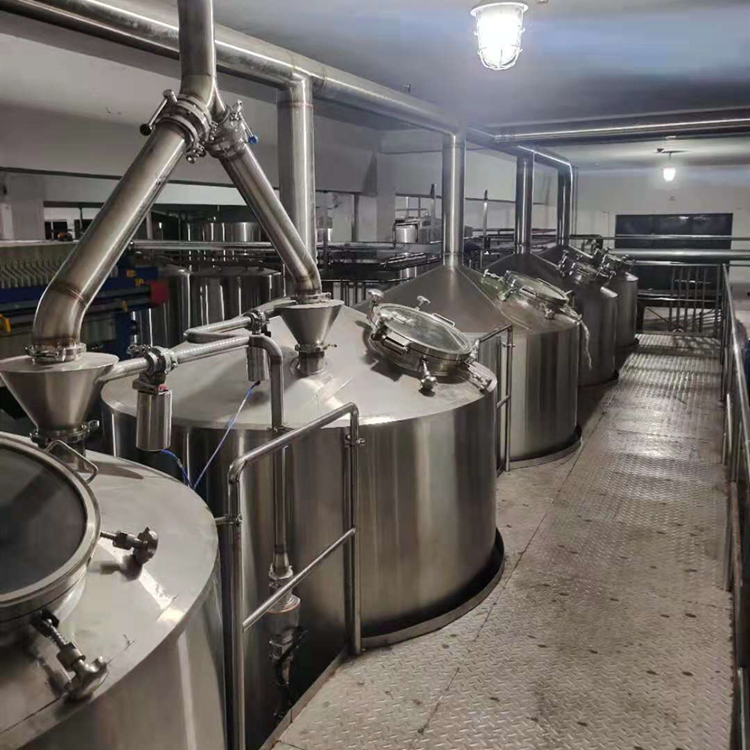
4000L Five vessels turnkey beer brewery
Five vessels craft beer brewhouse system suppliers,Double mash tun+double kettle...
More >>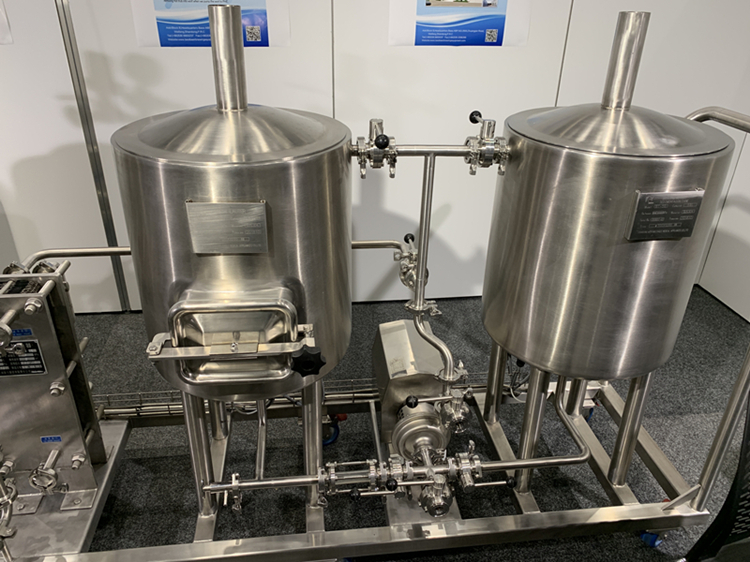
Best 50L home beer microbrewery equipment
Two vessels combination,mash/lauter tun+kettle/whirlpool tun brewery.electric co...
More >>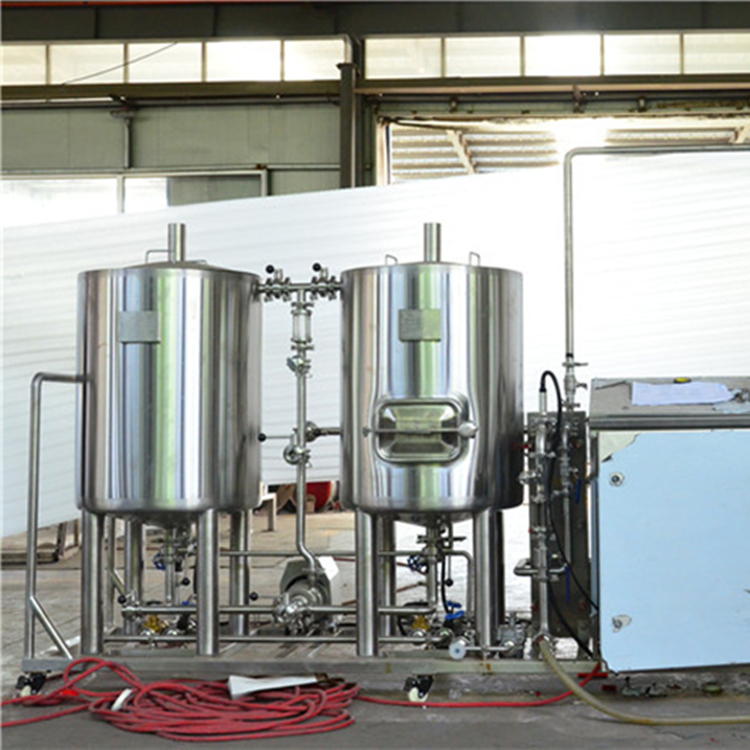
100L beer brewing home microbrewery
Mash/lauter/kettle tun+whirlpool tun,electric coil heating,two stages cooling,pl...
More >>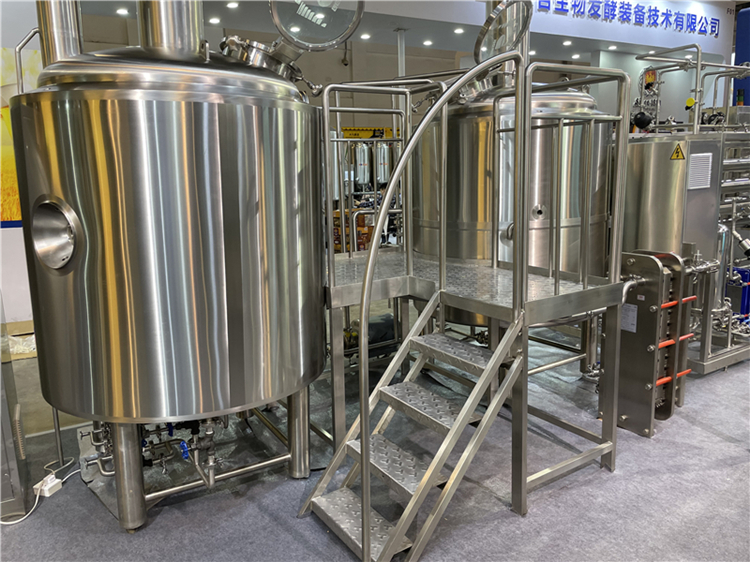
Build me a 1500L beer brewery
mini beer brewery machine from 50L,which is suitable to use in home and family b...
More >>